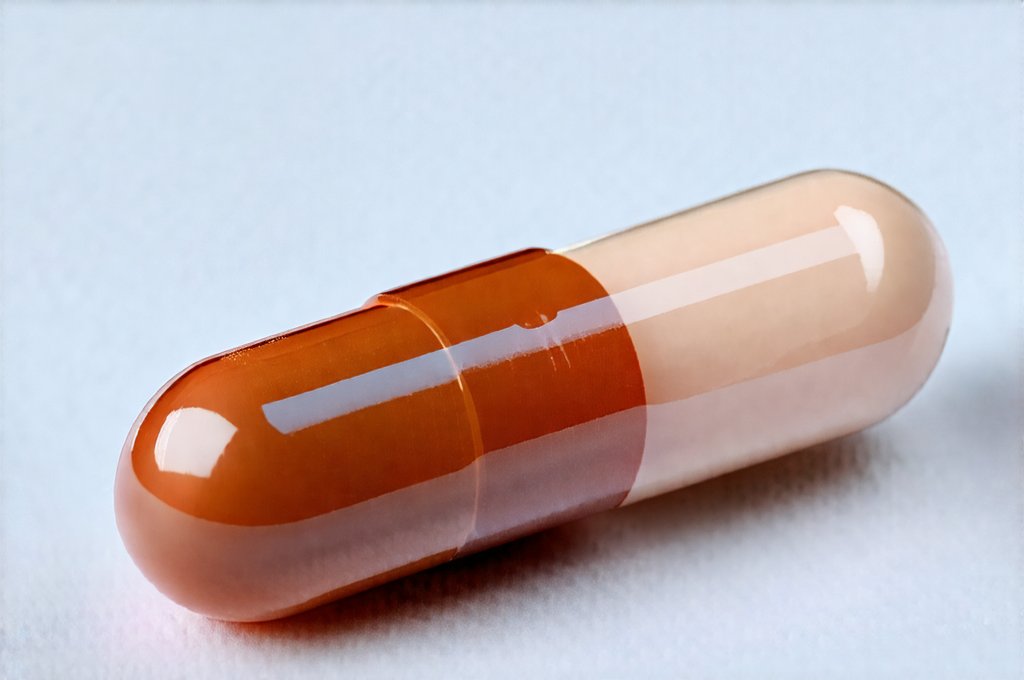Urinary urgency – that sudden, compelling need to rush to the bathroom – is a common complaint affecting millions of women, significantly impacting their quality of life. It’s often associated with conditions like overactive bladder (OAB), stress incontinence, and pelvic organ prolapse, but its causes can be complex and multifaceted, ranging from neurological issues to lifestyle factors. Many women find themselves constantly planning their day around bathroom availability, limiting social activities, and experiencing anxiety related to potential accidents. Traditional treatments for urinary urgency include behavioral therapies like bladder training and pelvic floor muscle exercises (Kegels), medications with varying side effects, and in more severe cases, surgical interventions. However, a growing body of research is exploring alternative approaches, particularly the use of localized estrogen therapy – applying small doses of estrogen directly to the vaginal tissues – as a potential solution for reducing urinary urgency symptoms.
The rationale behind using vaginal estrogen stems from the understanding that declining estrogen levels during menopause and beyond can significantly impact the health and function of the urethra and bladder. Estrogen receptors are present in these tissues, and reduced estrogen leads to thinning and weakening of the urethral lining and bladder support structures. This can contribute to urinary urgency, frequency, and incontinence. Unlike systemic hormone therapy (HRT), which delivers estrogen throughout the body, vaginal estrogen is designed to exert its effects locally, minimizing systemic absorption and associated risks. The potential for a localized approach makes it an attractive option for many women seeking relief from bothersome urinary symptoms without the concerns surrounding broader hormonal interventions.
Understanding Vaginal Estrogen Therapy
Vaginal estrogen comes in various forms – creams, vaginal rings, tablets, and suppositories – each offering different delivery methods and dosage schedules. The choice of formulation often depends on patient preference and individual needs. Creams are typically applied nightly, while rings are inserted into the vagina and replaced every three months. Tablets and suppositories are also administered periodically, with frequency varying based on the product and severity of symptoms. Crucially, localized estrogen therapy aims to restore the health of the vaginal and urethral tissues by increasing blood flow, improving tissue elasticity, and strengthening the urethral lining. This can help reduce inflammation and improve bladder support, ultimately diminishing feelings of urgency and frequency. The benefits extend beyond just urinary function; many women also experience improvement in vaginal dryness, discomfort during intercourse, and overall pelvic health with consistent use.
The safety profile of vaginal estrogen is generally considered favorable due to the minimal systemic absorption. However, it’s important to note that even localized hormone therapy isn’t without potential risks, although they are typically less pronounced than those associated with HRT. Possible side effects can include mild vaginal irritation, spotting, and breast tenderness. Women with a history of estrogen-sensitive cancers (breast or uterine) should carefully discuss the risks and benefits with their healthcare provider before initiating treatment. Ongoing research continues to refine our understanding of long-term safety and efficacy, but current evidence suggests that when used appropriately, vaginal estrogen therapy can be a safe and effective option for managing urinary urgency in many women. If you are looking for more information on medications, consider reading what is the most effective medication for urgency?
How Does Vaginal Estrogen Impact Urinary Urgency?
The mechanism by which vaginal estrogen alleviates urinary urgency is multifaceted. Firstly, it strengthens the urethral sphincter – the muscle responsible for controlling urine flow – leading to better bladder control and reduced leakage. A weakened sphincter often contributes to a sense of urgency as even small amounts of urine can trigger an immediate need to void. Secondly, estrogen promotes the thickening of the vaginal and urethral lining, enhancing its barrier function and reducing inflammation that can irritate the bladder. This is particularly relevant in postmenopausal women where tissue atrophy is common. Thirdly, estrogen improves blood flow to the pelvic region, increasing oxygen delivery and supporting overall tissue health.
- Improved sphincter strength: Enhances bladder control and reduces leakage
- Thickened lining: Reduces irritation and inflammation of the bladder
- Increased Blood Flow: Supports overall tissue health in the pelvic region
This combination of effects leads to a reduction in both urinary frequency and urgency, restoring a sense of normalcy and improving quality of life for many women. It’s important to understand that vaginal estrogen doesn’t “cure” underlying conditions like OAB, but it can effectively manage symptoms and potentially reduce the need for more aggressive interventions or medications with broader systemic effects.
Is Vaginal Estrogen Right For Everyone?
While vaginal estrogen offers promising benefits, it isn’t a universal solution. Determining whether it’s appropriate requires careful consideration of individual circumstances and a thorough evaluation by a healthcare provider. Women who have previously been diagnosed with estrogen-dependent cancers – such as breast or uterine cancer – require detailed discussion to assess the potential risks versus benefits. Similarly, women with a history of blood clots or stroke should be evaluated before starting treatment.
Furthermore, vaginal estrogen is most effective for urinary urgency related to genitourinary atrophy (weakening of tissues due to hormonal changes), rather than other causes like neurological disorders or severe bladder dysfunction. A comprehensive assessment, including a medical history, physical examination, and potentially how accurate is uroflowmetry for diagnosing urinary issues, helps determine the underlying cause of urinary urgency and identify appropriate treatment options. In some cases, vaginal estrogen may be used in conjunction with other therapies, such as pelvic floor muscle exercises or medications, to achieve optimal results.
What To Expect During & After Treatment?
Starting vaginal estrogen therapy typically involves a consultation with your healthcare provider to determine the most suitable formulation and dosage. The initial phase usually focuses on consistent application of the prescribed product for several weeks or months to allow tissues to rebuild and strengthen. Many women begin to notice improvement in symptoms within 2-4 weeks, but it can take longer depending on the severity of their condition. It’s essential to adhere to the recommended treatment schedule and communicate any side effects or concerns with your doctor.
After achieving symptom relief, many women transition to a maintenance dose – using vaginal estrogen less frequently (e.g., twice weekly) to sustain benefits. Long-term use is generally considered safe for most women, but regular follow-up appointments with your healthcare provider are crucial to monitor progress and address any emerging issues. Remember that consistency is key; discontinuing treatment often leads to a return of symptoms. While vaginal estrogen can significantly improve urinary urgency, it’s important to adopt a holistic approach to pelvic health, including lifestyle modifications like maintaining a healthy weight, staying hydrated, and avoiding bladder irritants (caffeine, alcohol) to maximize overall well-being. If you are looking for other ways to reduce urinary triggers, review home setup tricks.





















